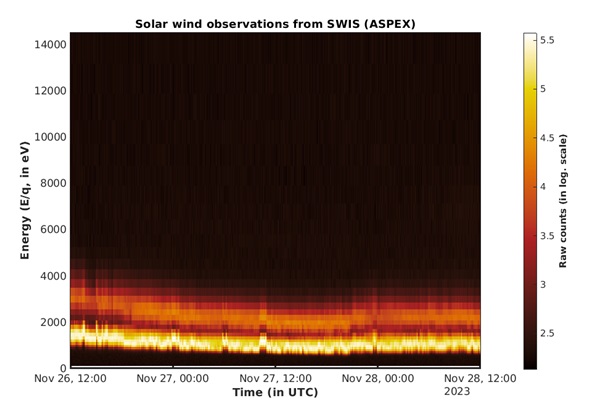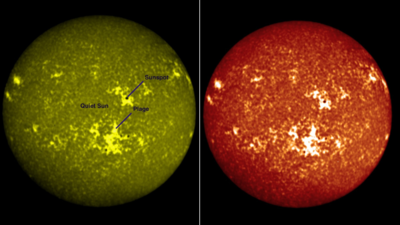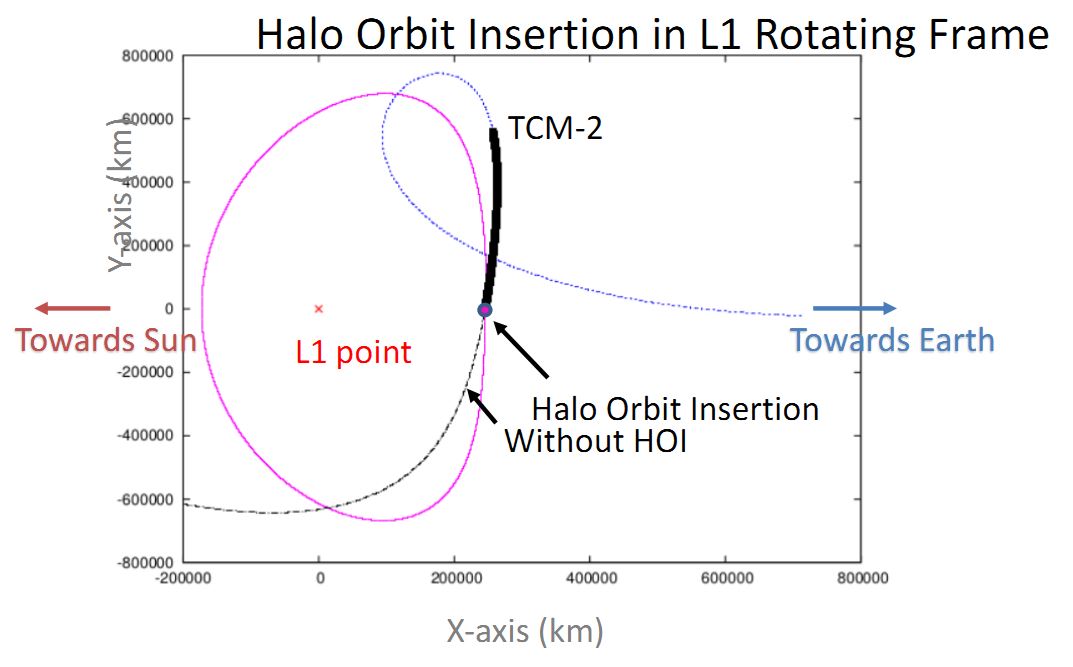Then why is ISRO going with pocket rockets like SSLV? And RLV? And for Aditya L1, PSLV is used inspite of ISRO/India having GSLV Mk2 and Mk3. So what gives?Piyal.g wrote: ↑06 Sep 2023 08:26 We need to improve our rocket's thrust quickly.
How long will it take for us to reach Venus If we use the slingshot method?
Aditya l1 takes 109 days to cross 1.5 million km, Venus is 61 million km away.
The central government should, first of all, assign funds for NGLV.
Rocket thrust increase is necessary for several reasons, but with deep space missions, all and every available capacity to launch will be used to pack instruments. And we will be back to Oberth maneuvers. The extra jumps around Earth.
Taking a step back and looking at Comm sats. The rocket capacity to launch comm sats or met sats topped off at most 5000 Kg to GTO. Rockets with 10T to GTO now take couple of sats together.
So what happened? There was a race to get larger rockets to take larger payloads to orbit. And it topped out at 10T to GTO. In fact, the race is now the other way, that is to launch pocket rockets like SSLV.
There is a reason for *not* going with larger rockets. They have long lead times from plan to launch and then they wait for the knapsack to fill up. For example, if you have a launch capacity of 10T and you have two Comm Sats at 4T each, you have wasted a capacity of 2T (which is significant). Or you plug in a 2T payload to optimize your launch capacity but then your launch plan becomes complicated.
And the way things are going, the comm sats are getting smaller and smaller. The met sats are getting smaller. The nav sats are getting smaller. Hence the race is to launch pocket rockets like SSLV. All solid, fast turn around time. Cheaper.
So what is driving the need for higher thrust capacities? Ability to launch humans to space? That can be done by RLV. Ability to launch science payloads to Moon? Or Mars? Or Human moon missions? Those missions require a deep commitment from the nation over a period of several decades. And that will also mean requiring making several sacrifices. And that is a conversation for a separate thread.
Of course, there is the human need for instant gratification of sending a satellite to deep space and it reaching there immediately, maybe at the speed of light. That need will not be only secondary, but tertiary or remote.
Put it this way, Oberth maneuver will not go away.
Of course, given Russian and Chinese competition, particularly the later one is not necessarily driven by science, the ask for larger thrust rocket must be there. Since it does take a long time to build and qualify one. And there will be costly missteps along the way, for example the SCE.
---
Aditya L1 is great technical challenge. It will be interesting experience to not just reach there, but stay there. So if you can do Oberth maneuver(s) and keep a larger amount of fuel handy, your time at station can be more. Hence even if you have say 100T capacity to launch to GTO/L1/L2, you might want to get the most out of your precious payload and that can be accomplished by keeping it there for the longest duration. Like ISRO did with MOM.
My dream will be to see, Post Aditya L1, India launch Astrosat L2, which will be actually an infrared space telescope peering deep to search for habitable planets or even study trojan bodies of the Sun-Jupiter systems.
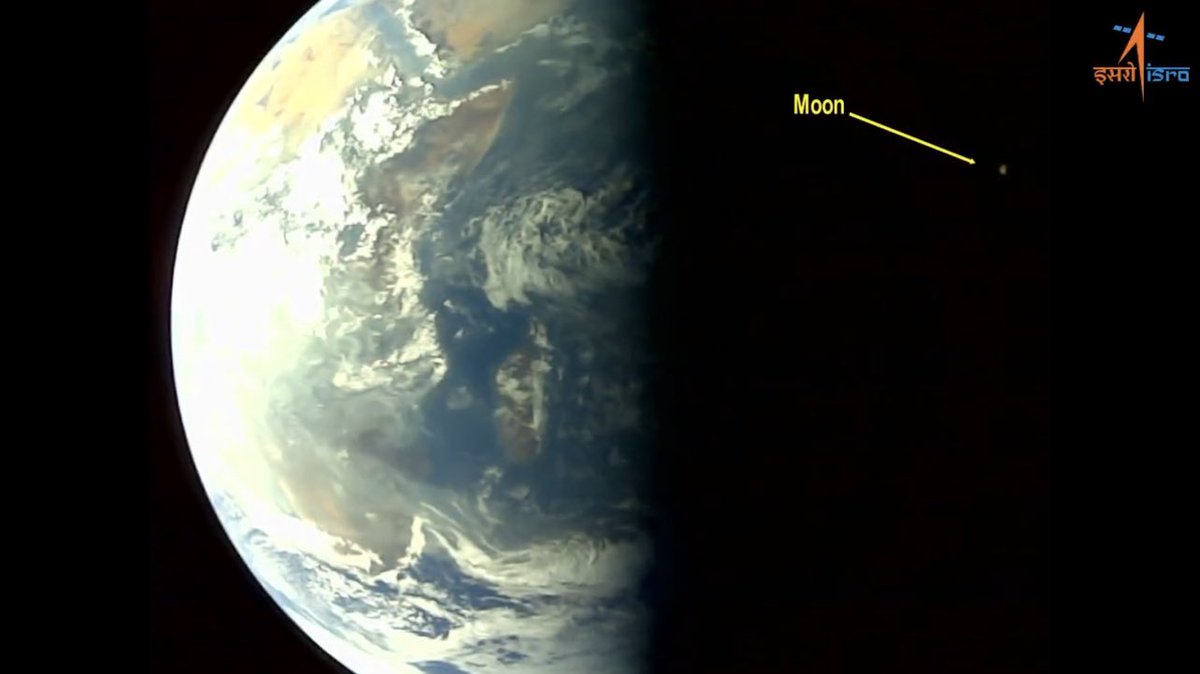




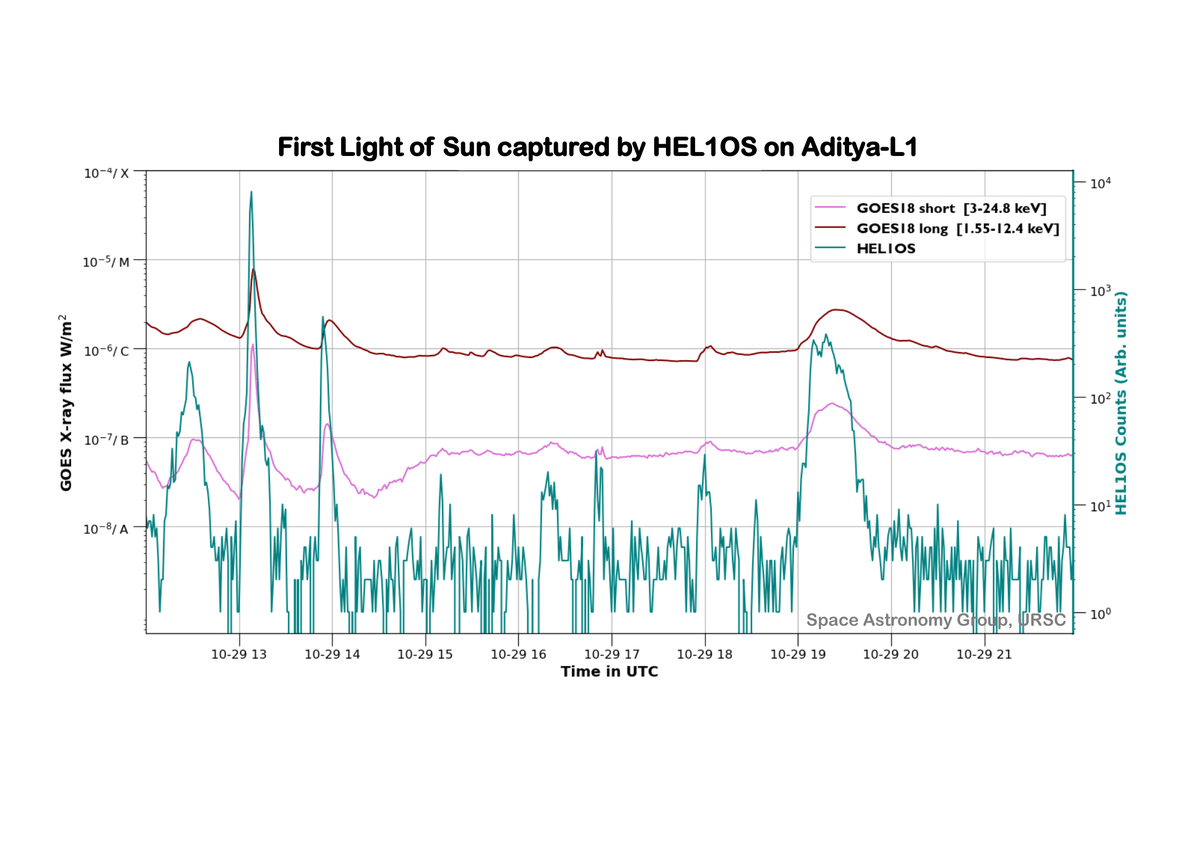
 The BLUE ( Z ) axis is Celetial North South axis passing through the centre of Earth. RED ( X ) axis is the Equinoxes joining line ( Also the line on which Equator and Ecliptic cut each other. ), Y axis is orthogonal to X and Z axes.
The BLUE ( Z ) axis is Celetial North South axis passing through the centre of Earth. RED ( X ) axis is the Equinoxes joining line ( Also the line on which Equator and Ecliptic cut each other. ), Y axis is orthogonal to X and Z axes. 


 We can clearly see a small but sure change in the path midway from SoI exit and Ecliptic crossing.. That is where around 7th Jan2024, ISRO will insert the ADI into its intended Halo orbit.
We can clearly see a small but sure change in the path midway from SoI exit and Ecliptic crossing.. That is where around 7th Jan2024, ISRO will insert the ADI into its intended Halo orbit. Here, Green portion depicts trajectory before Halo insertion and Pink portion After Halo insertion, and over it we superimpose the theoretical complete Halo orbit. ( Dashed Pink in lower image )
Here, Green portion depicts trajectory before Halo insertion and Pink portion After Halo insertion, and over it we superimpose the theoretical complete Halo orbit. ( Dashed Pink in lower image )


